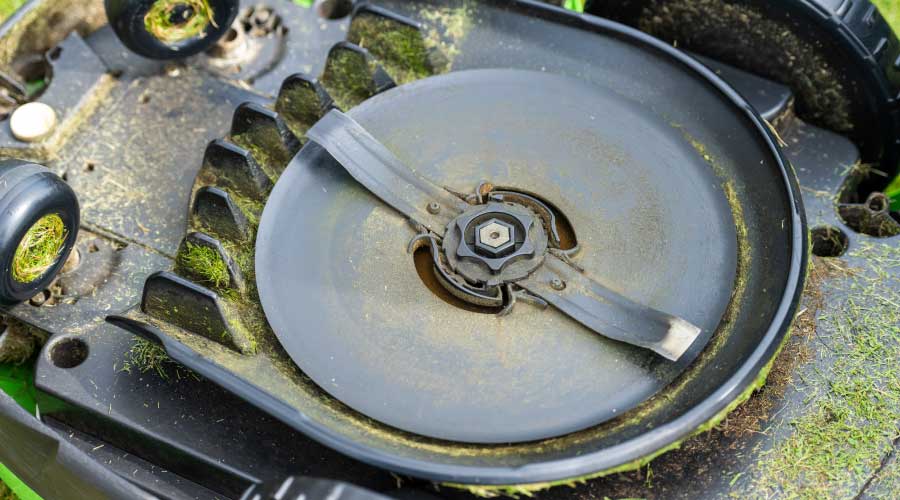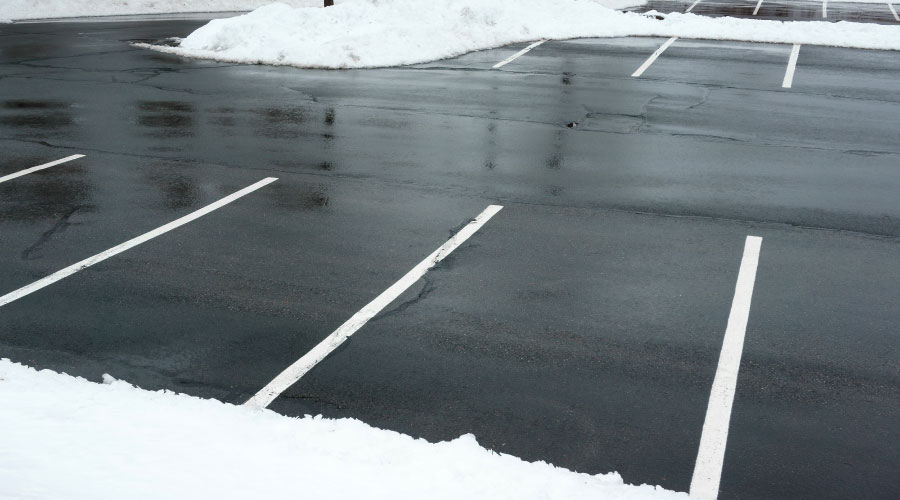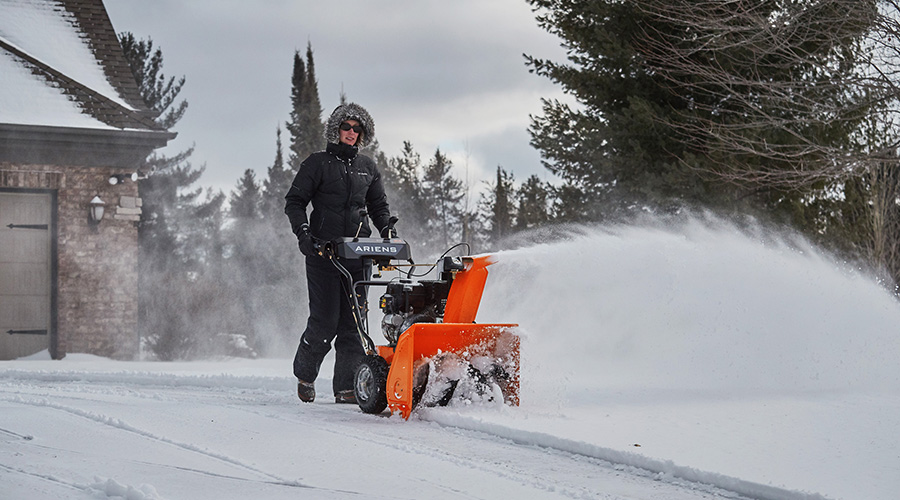Roll-Over Protection and Attachments for Utility Vehicles
Safety remains a high priority in grounds care. Utility vehicles are designed and built to travel in areas where a standard vehicle cannot, and those areas might include rough terrain or places with pedestrians. Managers should never sacrifice safety for convenience.
Roll-over protection systems are standard on many vehicles, as well as shoulder and hip restraints for the driver and passengers. Some models can be equipped with headlights, turn signals, reverse warning indicators, windshields, and a canopy as added safety features. Front-disc brakes, tilt steering, steel cabs, balanced weight distribution, and a lower center of gravity also can improve utility vehicles’ safety.
Versatility and Flexibility
Versatility is the major attraction for most managers specifying utility vehicles, and most vehicles can handle a variety of attachments. Among the most popular attachments are finish mowers, flail mowers, sprayers — with tanks as large as 200 gallons — spreaders, hydraulic dump beds, toolboxes, tool racks, winches, pressure washers, air compressors, infield groomers, rakes, top-dressers, aerators, cabs with heater, debris blowers, vertical lifts, trailer hitches and trailers, and snow plows.
Managers need to be aware that some vehicles are made to handle attachments from other manufacturers, while others only support attachments made by the vehicle’s manufacturer.
Easy installation is a key to attachment use. Manufacturers are working hard to make the process of adding and changing attachments as smooth as possible. Some now offer drive-on mower decks, as well as front- and rear-mounting systems that require no tools. The driver does not even need to leave the seat. But before purchasing attachments, managers should check out their durability, maintainability, and performance.
Related Topics:















